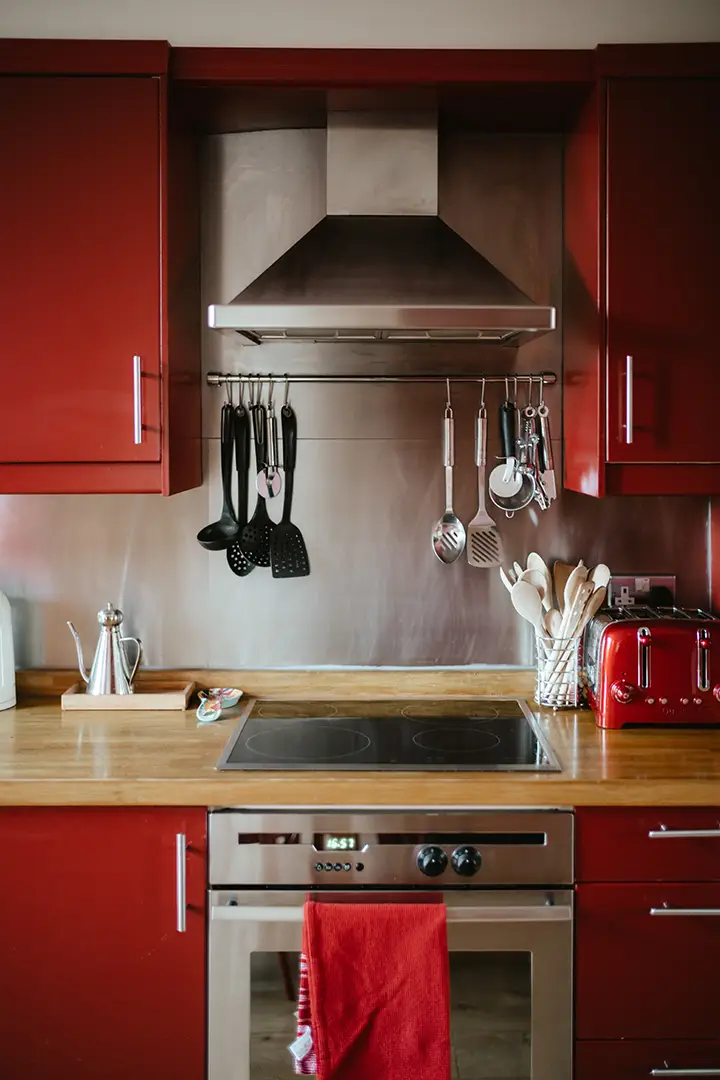Watch Out for Kitchen Hazards to Stay Safe
The kitchen is an incredibly important space in the home, and it’s often where we spend much of our time. However, there are a few potential hazards present in the kitchen that can put your safety at risk. From outdated appliances to the mess of a spill or a hazardous chemical cleaner, the kitchen needs to be respected and you need to be mindful of possible dangers.
One hazard to consider is the condition of your appliances. If any of your appliances are starting to show signs of wear, makes sure to address the issue immediately. This means hiring a qualified repair technician to inspect and repair the appliance, if needed. It’s important to note that these appliances not only put your safety at risk, but they can also affect the quality of your cooking food and drinks.
Another hazard to take into account is the chemicals you use to clean countertops and floors. Many of these have the potential to release toxic fumes and can cause breathing difficulty, irritations, and other symptoms. It is best to look out for more natural alternatives, such as baking soda and vinegar, and make sure to use cleaning supplies in well-ventilated areas.
Supplies such as knives, open flames, and electrical equipment can also put your safety in jeopardy. Taking the proper precautions, such as making sure all of your outlets are working properly, can help you avoid any dangerous situations. Additionally, it is wise to keep any hazardous supplies or toxic cleaning agents out of reach from children, who can suffer from accidental poisoning.
It is always wise to stay aware and informed of possible kitchen hazards so that you can avoid any dangerous situations. Keeping your appliances up to date and utilizing natural cleaning alternatives are two important steps for Kitchen safety. If you ever encounter the need for repairs, feel free to search our Directory of Appliance Repair Technicians in your area to help you out.
##Mind Your Safety: Kitchen Hazards
-
What are some common hazards in a kitchen environment? Common risks in a kitchen environment include exposure to hot surfaces such as a cooker or oven, slips, trips and falls, biological hazards, such as exposure to raw foods, and electric shocks from faulty appliances.
-
How can I prevent exposure to hot surfaces in a kitchen? You can prevent exposure to hot surfaces by wearing oven mitts when handling hot objects, making sure not to extend reach distances beyond what’s required to reach items, and monitoring surfaces to ensure they are kept clean of oil and debris.
-
What can I do to prevent slips and falls in the kitchen? Make sure all floors are kept clean, avoid walking with slippery items such as soapy hands, and if possible use non-slip mats and floor coverings, especially in wet areas or areas with a high likelihood of spills.
-
Are there any risks from biological hazards such as raw foods? Exposure to salmonella, E. Coli and other bacteria comes from handling raw foods, particularly meats and eggs, so it is important to use separate cutting boards, cook food to the appropriate internal temperatures and ensure you’re washing your hands and utensils throughout the preparation process.
-
How can I avoid electric shocks from faulty appliances or outlets? Make sure to regularly check and inspect any electrical appliances, wiring and outlets. If you notice any damaged appliances you should unplug them and contact a qualified electrician. Don’t use appliances with frayed cords and avoid using extension cords wherever possible.
Key Takeaways for Staying Safe in the Kitchen
- Inspect and repair appliances regularly to maintain safety and food quality.
- Use natural cleaning solutions instead of potentially toxic ones where possible.
- Ensure all electrical outlets, supplies and toxic cleaning agents are securely out of reach of children.
- Regularly check for safety hazards such as faulty wiring, knives, open flames and more.
- If repair help is needed, reach out to a qualified local appliance repair technician.
